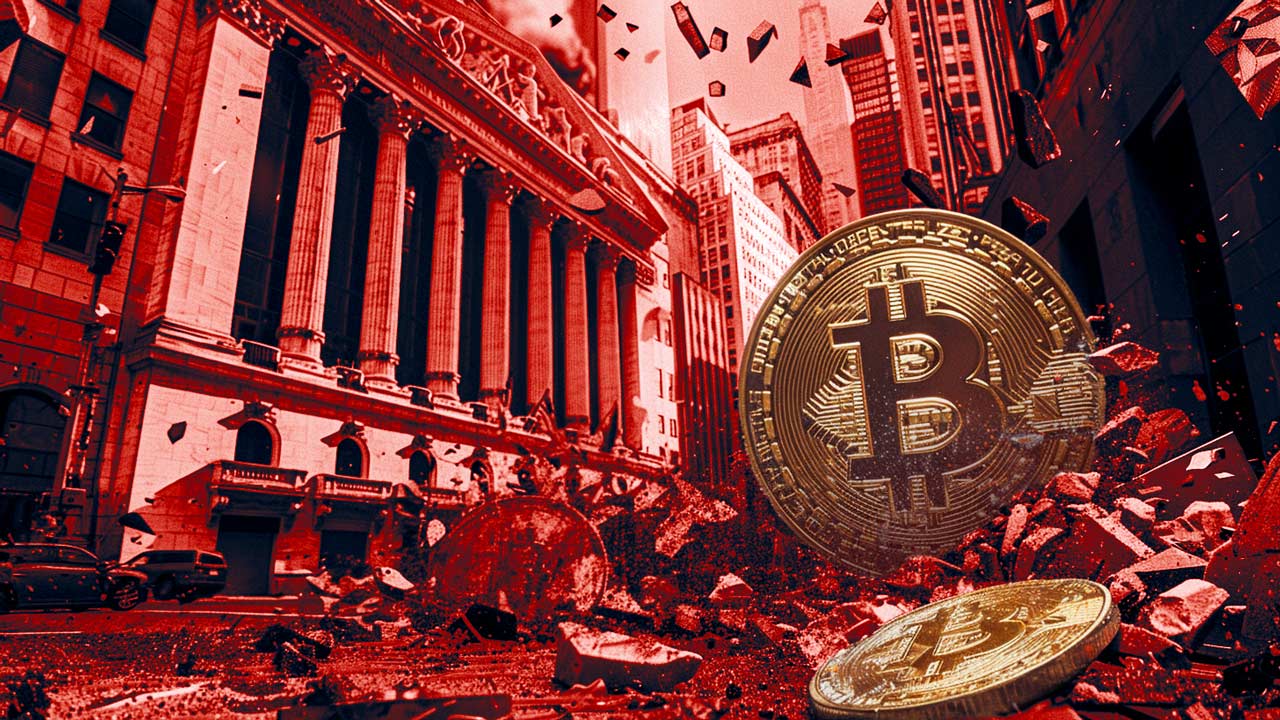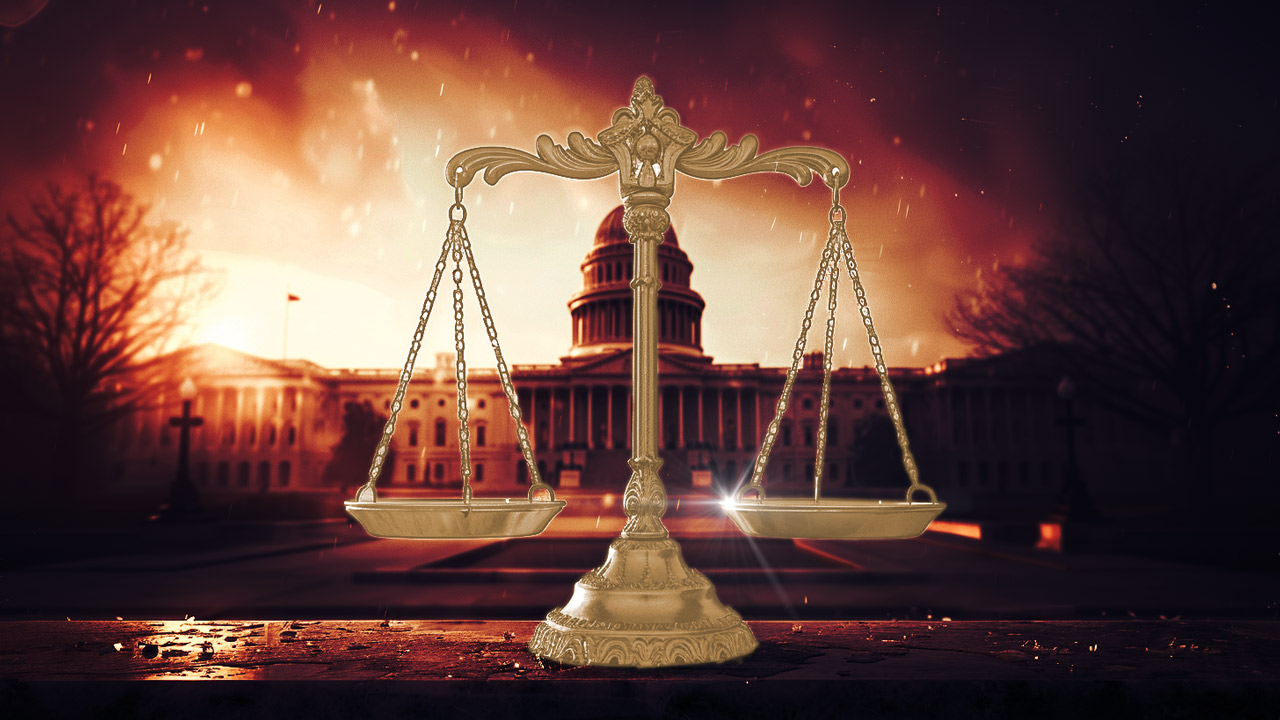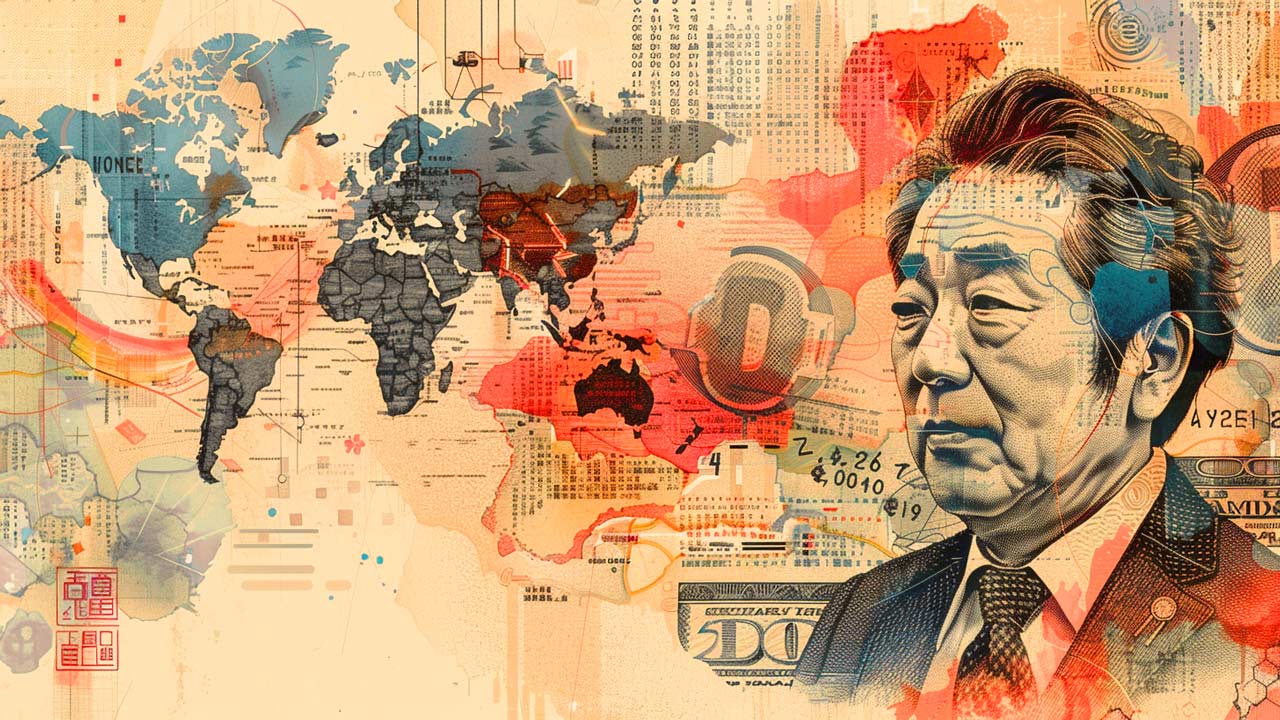There Was a Fed Chairman Who Swallowed a Fly
By Peter Schiff
While it’s true that history repeats itself, the patterns should always be separated by a generation or two to keep things respectable. Unfortunately, in today’s economic world, it seems the cycle can be counted in months.
On July 24, 2009, just as the Federal Reserve unleashed its first quantitative easing campaign (now called “QE1” – an echo of the reclassification of the Great War after still more destructive subsequent developments), Fed Chairman Ben Bernanke wrote an opinion piece in the Wall Street Journal to soothe growing concerns about excess liquidity. He assured the public that the Fed had an “exit strategy.”
In a response entitled “No Exit for Ben”, I called the Chairman’s bluff. I argued that the Fed had no exit strategy, and that Bernanke was trying to fool the market into believing that quantitative easing was not debt monetization.
Just 16 months later, Bernanke is at it again, penning another op-ed to defend his second round of QE. Except this time, instead of feigning an exit strategy, he just outlines a path to expand the program in perpetuity.
In recent months, Fed economists have taken great pains to tell us how much better off the economy is now than it was in the first half of 2009. Given this supposed good news, what prompted the current turnaround in policy? Could it be, perhaps, that perpetual easing was the policy all along?
Should we expect another op-ed in a few months in which Bernanke tries to reassure us that QE3 will not over-liquefy the market? How much longer can the Fed play this game before the public and the markets wise up?
The reason I knew QE1 would fail, and that the Fed had no exit strategy (other than more rounds of easing), is because the remedy is totally flawed. If Bernanke’s predecessor, Alan Greenspan, had engaged in prudent monetary policy, we never would have arrived at the point of desperation that made quantitative easing a palatable option. However, we did, and Bernanke’s understanding of economics is so remedial that making the right choice is essentially impossible for him. Now, we are caught in a vicious circle of spending, borrowing, and easing.
In his most recent op-ed, Bernanke rather envisions a “virtuous circle” in which QE2 causes stock prices to rise, which then “boost[s] consumer wealth, and increase[s] confidence.” The wealth effect, in turn, “spur[s] spending and produce[s] higher incomes and profits,” which finally “support[s] economic expansion and promote[s] increased employment.”
Despite the devastation of the Fed’s previous burst bubbles (stocks in ’99 and real estate in ‘08), Bernanke still believes in the virtue of pumping. His current policy is to inflate another stock market bubble to cure the recession that resulted from the bursting of the housing bubble, which was itself inflated to counter the effects of the bursting tech stock bubble. Does the story of the old lady who swallowed the fly come to mind? She eventually tried swallowing a horse, and we know how that ended. It’s hard to decide who is more culpable for the strategy: Bernanke for selling it or the country for buying it.
In the 16 months since Bernanke assured us that QE1 would not jeopardize price stability, oats prices are up 40%, concentrated orange juice up 45%, gold and rice up 50%, corn up 55%, coffee up 60%, copper up 70%, sugar up 90%, and cotton and silver up 100%! (The sluggish Dow Jones Industrials are “only” up 30%.)
Last week, Kraft Foods reported a 26% rise in third quarter revenue; however, because of steeply rising material costs, profits actually dropped 8.5% over the same period. If Bernanke is correct in assuming that consumer prices will stay low, the only way Kraft shares could go up would be for the market to assign much higher multiples to lower earnings. You can hope that will happen, but it’s not a wise bet.
Given that QE2 will also push down the dollar against foreign currencies, companies exporting to the US will face the same bind as Kraft. If foreign suppliers don’t raise prices, a weaker dollar will cut into their profits.
My guess is that neither foreign nor domestic companies will take the hit, but pass the costs along to consumers. Rising prices will soon became a daily occurrence on Main Street, not just in the stock market.
For all the wrangling over extending the Bush tax cuts, no one seems bothered by the continuation of the Bernanke tax increases. For the typical American wage earner, the inflation tax will more than offset the benefits of slightly lower income taxes. Savers and retirees will suffer the most as the interest paid on their assets continues to fall and the purchasing power of their principal is eroded.
In reality, quantitative easing will produce the exact opposite of its intended result. In the short-run, it may create the illusion of economic growth and temporarily add some service sector jobs, but once the QE ends, the growth and jobs will vanish. Then, the Fed will most likely try once again to douse the fire it started with another round of QE gasoline, creating an even larger and less manageable inferno. Let’s hope we can change policy before the whole economy burns to a cinder.
Follow us on Twitter to stay up-to-date on Peter Schiff’s latest thoughts: @SchiffGold
Interested in learning about the best ways to buy gold and silver?
Call 1-888-GOLD-160 and speak with a Precious Metals Specialist today!



 The monetary battle of the 20th century was gold vs. fiat. But the monetary battle of the 21st century will be gold vs. bitcoin. With Wall Street jumping into the game with bitcoin ETFs, a bitcoin halving recently splitting the block reward for miners in half, and both gold and bitcoin hovering near their all-time highs, it’s a great time for […]
The monetary battle of the 20th century was gold vs. fiat. But the monetary battle of the 21st century will be gold vs. bitcoin. With Wall Street jumping into the game with bitcoin ETFs, a bitcoin halving recently splitting the block reward for miners in half, and both gold and bitcoin hovering near their all-time highs, it’s a great time for […] What is Nvidia? If you’re a committed gamer the question may sound like nonsense. Nvidia, which was founded in 1993, is a tech company that makes GPUs and other products. It originally specialized in making products for the video game industry, that assisted in 3D rendering. If you were a committed gamer, you probably owned their products. If you weren’t, you might not have heard of them.
What is Nvidia? If you’re a committed gamer the question may sound like nonsense. Nvidia, which was founded in 1993, is a tech company that makes GPUs and other products. It originally specialized in making products for the video game industry, that assisted in 3D rendering. If you were a committed gamer, you probably owned their products. If you weren’t, you might not have heard of them. With the AI boom and green energy push fueling fresh copper demand, and with copper mines aging and not enough projects to match demand with supply, the forecasted copper shortage has finally arrived in earnest. Coupled with persistently high inflation in the US, EU, and elsewhere, I predict the industrial metal will surpass its 2022 top to reach a […]
With the AI boom and green energy push fueling fresh copper demand, and with copper mines aging and not enough projects to match demand with supply, the forecasted copper shortage has finally arrived in earnest. Coupled with persistently high inflation in the US, EU, and elsewhere, I predict the industrial metal will surpass its 2022 top to reach a […] America’s trust in its institutions has rapidly eroded over the past 20 years. We have a lower level of trust in our judicial system and elections than most European countries. Some of this is natural, as Americans are uniquely individualistic, but much of it arises from repeated government failures.
America’s trust in its institutions has rapidly eroded over the past 20 years. We have a lower level of trust in our judicial system and elections than most European countries. Some of this is natural, as Americans are uniquely individualistic, but much of it arises from repeated government failures. Decades of negative interest rate policy in Japan have ended. That could mean the end of the $20 trillion “yen carry trade,” once one of the most popular trades on foreign exchange markets, and a chain reaction in the global economy. The yen carry trade is when investors borrow yen to buy assets denominated in […]
Decades of negative interest rate policy in Japan have ended. That could mean the end of the $20 trillion “yen carry trade,” once one of the most popular trades on foreign exchange markets, and a chain reaction in the global economy. The yen carry trade is when investors borrow yen to buy assets denominated in […]
Leave a Reply